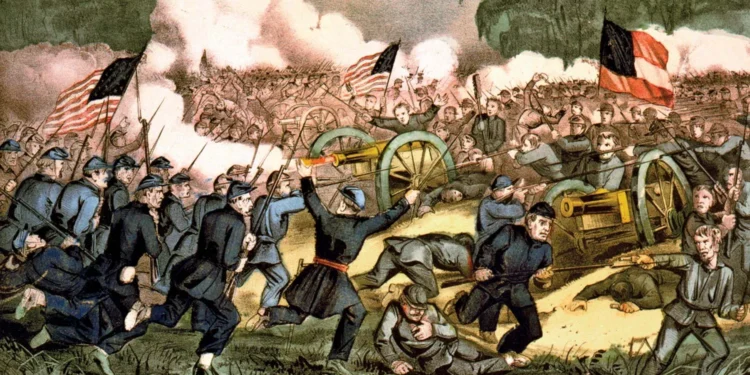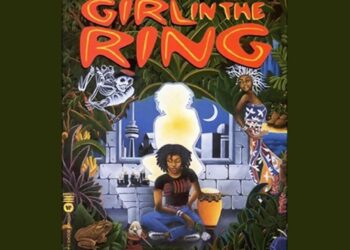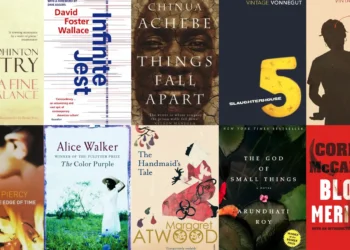What was the American prose in the post Civil War period
What was the American prose in the post Civil War period-What was the post Civil War period in American literature?,What is American prose?,What are the main characteristics of post war American literature?,The post-Civil War era in the United States marked a period of profound transformation in American prose, encapsulating significant social, political, and cultural changes. Spanning from the late 19th century to the early 20th century, this epoch was defined by the aftermath of the Civil War, the challenges of reconstruction, and the rapid industrialization shaping American society. The literary landscape during this time reflected the nation’s endeavor to define its identity and progress amidst the tumultuous aftermath of war.What was the American prose in the post Civil War period
Realism emerged as a prominent literary movement during this period, with authors like Mark Twain and Henry James aiming to depict the everyday realities of American life. Twain’s “The Adventures of Huckleberry Finn” provided a stark portrayal of racial and social issues through the experiences of a young protagonist navigating the Mississippi River. Concurrently, James’ novels, including “The Portrait of a Lady” and “The Bostonians,” delved into the intricacies of class and gender relations in post-war America.What was the American prose in the post Civil War period
Naturalism, another significant literary movement, sought to apply scientific principles to literature by examining the impact of environment and heredity on human behavior. Works like Stephen Crane’s “The Red Badge of Courage” explored the psychological effects of battle on a young soldier, while Theodore Dreiser’s “Sister Carrie” scrutinized the consequences of urbanization and the pursuit of the American Dream.
Also Read-
- How did the Civil War affect American literature
- Native American Literature Characteristics, Authors and Their Works
- The Civilisational Conflicts in Literature
The Gilded Age, a term coined by Mark Twain and Charles Dudley Warner, symbolized the extravagant wealth and social inequality of the late 19th century. Literature during this time, including Edith Wharton’s novels such as “The Age of Innocence” and “The House of Mirth,” critically examined the opulence of the upper echelons, laying bare the moral ambiguities beneath the surface of affluence.
African American writers emerged with powerful voices during this period, contributing significantly to American prose. The Harlem Renaissance, a cultural movement of the 1920s centered in Harlem, New York, showcased the flourishing of African American literature. W.E.B. Du Bois, through “The Souls of Black Folk,” addressed the challenges faced by African Americans post-emancipation.What was the American prose in the post Civil War period
Simultaneously, Booker T. Washington advocated for vocational and industrial education in works like “Up from Slavery,” reflecting the broader discourse on race and education in post-Civil War America. The tension between Du Bois and Washington’s philosophies influenced the trajectory of racial politics and civil rights in the ensuing decades.
The exploration of the American West became a prominent theme in post-Civil War prose, capturing the imaginations of writers and readers. Owen Wister’s “The Virginian,” considered the first Western novel, established many conventions of the genre, romanticizing the rugged individualism associated with the West.What was the American prose in the post Civil War period
Amidst these literary movements and thematic explorations, a uniquely American voice emerged in prose. Regionalism and local color writing gained prominence as authors sought to capture the distinctive qualities of different American regions. Sarah Orne Jewett’s “The Country of the Pointed Firs” and Bret Harte’s short stories exemplify this trend, providing vivid portraits of specific locales and their cultural nuances.
As the 19th century transitioned into the 20th century, the United States faced internal and external challenges, including the Spanish-American War and the acquisition of overseas territories. American prose reflected the nation’s growing global influence and the complexities of navigating a changing world. The works of authors like Henry James, exploring the impact of American expatriates in Europe, and Rudyard Kipling’s poem “The White Man’s Burden” highlighted America’s evolving role on the world stage.What was the American prose in the post Civil War period
In science fiction, the late 19th and early 20th centuries saw the emergence of speculative and dystopian narratives reflecting technological advancements. Ambrose Bierce’s short stories, particularly “An Occurrence at Owl Creek Bridge,” blended psychological realism with elements of the supernatural, foreshadowing the development of the science fiction genre.
The early 20th century witnessed the rise of the Lost Generation, writers disillusioned by the aftermath of World War I. Ernest Hemingway’s “The Sun Also Rises” and F. Scott Fitzgerald’s “The Great Gatsby” exemplify the themes of alienation and disillusionment that defined this literary movement.What was the American prose in the post Civil War period
Conclusion
In conclusion, the post-Civil War period in American prose stands as a pivotal epoch characterized by profound societal transformations, literary ferment, and the exploration of diverse themes.
The aftermath of the Civil War, the challenges of reconstruction, and the rapid industrialization of American society provided a fertile ground for writers to grapple with the complexities of a nation in transition. From the realism of Mark Twain and Henry James to the social critiques of Edith Wharton, the exploration of the American West, and the voices of African American writers during the Harlem Renaissance, American prose of this era reflects a rich tapestry of narratives that mirror the evolving identity and concerns of the nation.What was the American prose in the post Civil War periodWhat was the American prose in the post Civil War period
FAQ:
1. What literary movements emerged during the post-Civil War period?
The post-Civil War period saw the emergence of Realism, which aimed to depict everyday realities, and Naturalism, applying scientific principles to literature. Additionally, there was a surge in regionalism, local color writing, and the rise of the Lost Generation, reflecting the disillusionment after World War I.
2. How did literature reflect the societal changes during the Gilded Age?
Literature during the Gilded Age, such as Edith Wharton’s novels, critically examined the opulence and social inequality of the upper echelons, exposing the moral ambiguities beneath the surface of affluence.
3. What themes were explored in African American literature during the post-Civil War period?
African American literature during this period, notably in the Harlem Renaissance, explored themes related to the challenges faced by the community post-emancipation, contributing to a flourishing of African American voices.
4. How did literature engage with the exploration of the American West?
The exploration of the American West became a prominent theme, with works like Owen Wister’s “The Virginian” establishing Western literature conventions and romanticizing the rugged individualism associated with the frontier.
5. What characterized the literature of the Lost Generation?
The literature of the Lost Generation, including works by Ernest Hemingway and F. Scott Fitzgerald, reflected themes of alienation and disillusionment in the aftermath of World War I.
6. How did American prose address the nation’s growing global influence?
As the United States faced internal and external challenges, literature reflected the nation’s growing global influence and the complexities of navigating a changing world. Authors like Henry James explored the impact of American expatriates in Europe.
7. What role did science fiction play in American prose during this period?
Science fiction emerged during the late 19th and early 20th centuries, with authors like Ambrose Bierce blending psychological realism with elements of the supernatural in works such as “An Occurrence at Owl Creek Bridge.” This foreshadowed the development of the science fiction genre.
















